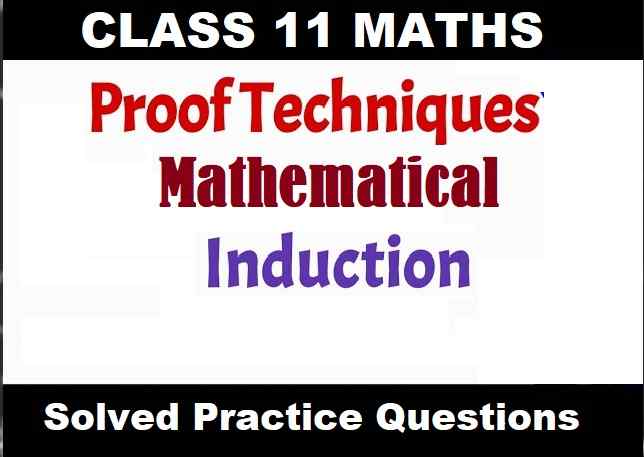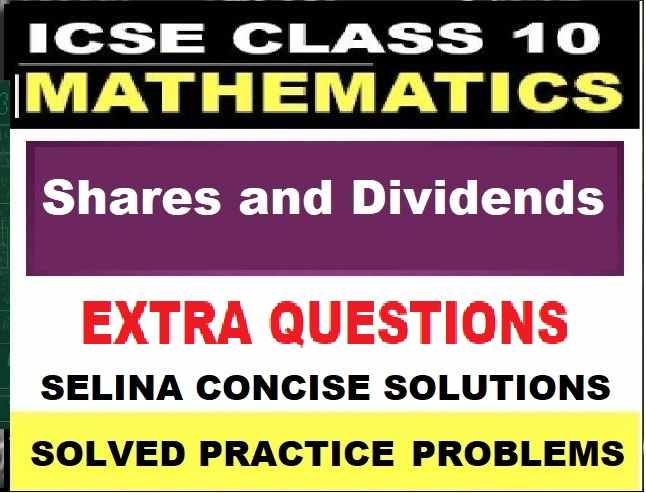Skeleton Movement and Locomotion Long Answer Biology Class-9 ICSE Selina Publishers Solutions Chapter-12. Step By Step ICSE Selina Concise Solutions of Chapter-12 Skeleton Movement and Locomotion with Exercise-12 including MCQs, Very Short Answer Type, Short Answer Type, Long Answer Type and Structured/Application Questions Solved . Visit official Website CISCE for detail information about ICSE Board Class-9.
Skeleton Movement and Locomotion Exe-12 Long Answer Biology Class-9 ICSE Concise Selina Publishers
| Board | ICSE |
| Publications | Selina Publication |
| Subject | Biology |
| Class | 9th |
| Chapter-12 | Skeleton Movement and Locomotion |
| Book Name | Concise |
| Topics | Solution of D. Long Answer Type |
| Academic Session | 2023-2024 |
D. Long Answer Type
Skeleton Movement and Locomotion Class-9 Biology Concise Solutions
Page 133
Question 1.
Distinguish between the following pairs :
(a) True ribs and floating ribs
(b) Ligaments and tendons
(c) Hinge joint and gliding joint
(d) Voluntary and involuntary muscles
(e) Bone and cartilage
Answer:
(a) Difference between true ribs and floating ribs:
| True ribs | Floating ribs |
|---|---|
| The first seven pairs of ribs are called true ribs. | The last two pairs of ribs (11th & 12th) are called floating ribs. |
| They are attached in front of the sternum by means of coastal cartilages. | They are not attached to the sternum at all. |
(b) Difference between ligaments and tendons:
| Ligaments | Tendons |
|---|---|
| Ligaments connects two or more bones together. | Tendons connect muscle to a bone. |
| Ligaments are elastic. | Tendons are inelastic. |
| Ligaments are arranged freely. | Tendons are arranged in bundles. |
| Ligaments stabilize joints. | Tendons pass tensile forces to the bones from muscles. |
| Prevent chances of dislocation | Responsible to cause the muscles to stay intact with parts of the skeleton. |
(c) Difference between hinge joint and gliding joint:
| Hinge joint | Gliding joint |
|---|---|
| Hinge joint allows restricted movement in one plane only. | Gliding joint allows bones to glide over each other to a limited extent. |
| Example: Elbow, Knee | Example: Wrist bone, ankle bone |
(d) Difference between voluntary and involuntary muscles :
| Voluntary muscles | Involuntary muscles |
|---|---|
| Voluntary muscles are under our control. | Involuntary muscles are not under our control. |
| Voluntary muscles help in the movement of the bones of limbs. | Involuntary muscles are present in internal organs and help in movement of food, movement of urine from urinary bladder and so on. |
| The cells are long, cylindrical and unbranched. | The cells are spindle shaped. |
| They are multinucleate | They are uninucleate. |
| They are striated. | The are unstriated. |
(e) Difference between Bone and cartilage :
| Bone | Cartilage |
|---|---|
| Bones consists of the ground substance or matrix that is filled with cells called osteocytes and various inorganic compounds. | Cartilage consists of ground substance called matrix that contains cells called chondrocytes. |
| Bones comprise the hard framework of the body. | Cartilages are supporting and connecting structures. |
| Bones provide support, protection, and anchorage for muscles. | Cartilage acts as a cushion between bones, reducing friction and absorbing shock in joints. |
| Bones have a higher capacity for healing and regeneration. | Cartilage has a limited capacity for self-healing. |
Question 2.
What are the uses of the skeleton in our body?
Answer:
Uses of skeleton:
(i) Support and shape:
The skeletal system provides a framework to the body. It provides support to all soft parts and gives a definite shape to the body and all body parts.
(ii) Protection:
The skeleton protects the internal delicate and important organs of the body. For example in human beings, the skull protects the brain, ribs protect the heart and lungs, vertebral column protects the spinal cord, etc.
(iii) Movement:
The skeletal system helps in movement. It co-ordinates the movement of attached bones and muscles to bring about locomotion.
(iv) Leverage:
Some bones and joints of the skeletal system form levers and help in magnifying, either the movement or the force. For example, slight contraction of biceps moves the hand to a distance of about a foot.
(v) Formation of blood cells:
The skeleton is the site of haematopoiesis. Various types of blood cells like red blood cells, white blood cells and platelets are formed in the bone marrow of some long bones.
(vi) Storehouse for minerals:
The bones are a storehouse of calcium and phosphorus for the rest of the body.
Question 3.
Name the different types of joints? Give one example of each type.
Answer:
| Types of joints | Example |
| Immovable joint | Skull bones |
| Partially movable joint | Joints between vertebrae |
| Freely movable joint | Hip joint |
| Gliding joint | Ankle bones |
| Pivot joint | Joint between atlas and axis vertebrae |
| Hinge joint | Elbow |
| Ball and socket joint | Shoulder joint |
— : End of Skeleton Movement and Locomotion D. Long Answer Class-9 ICSE Biology Solutions :–
Return to Return to Concise Selina ICSE Biology Class-9
Thanks
Please share with your friends


